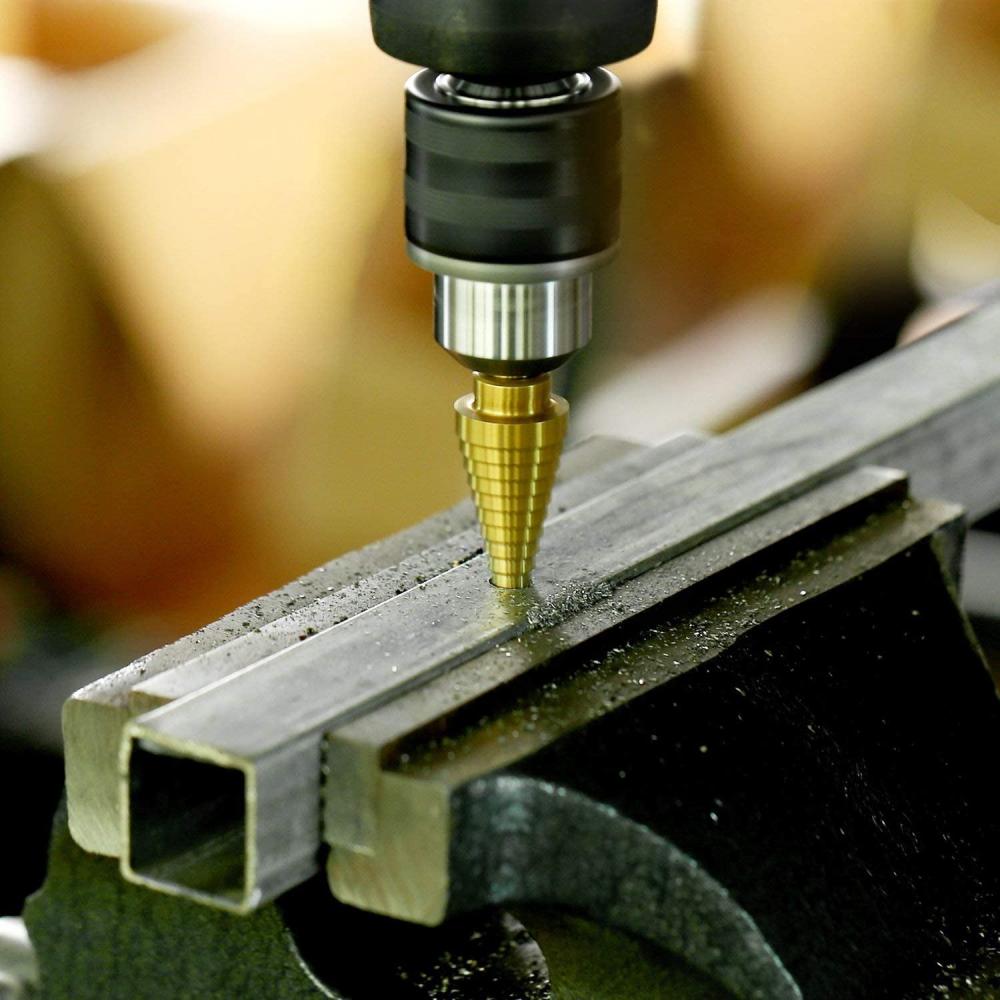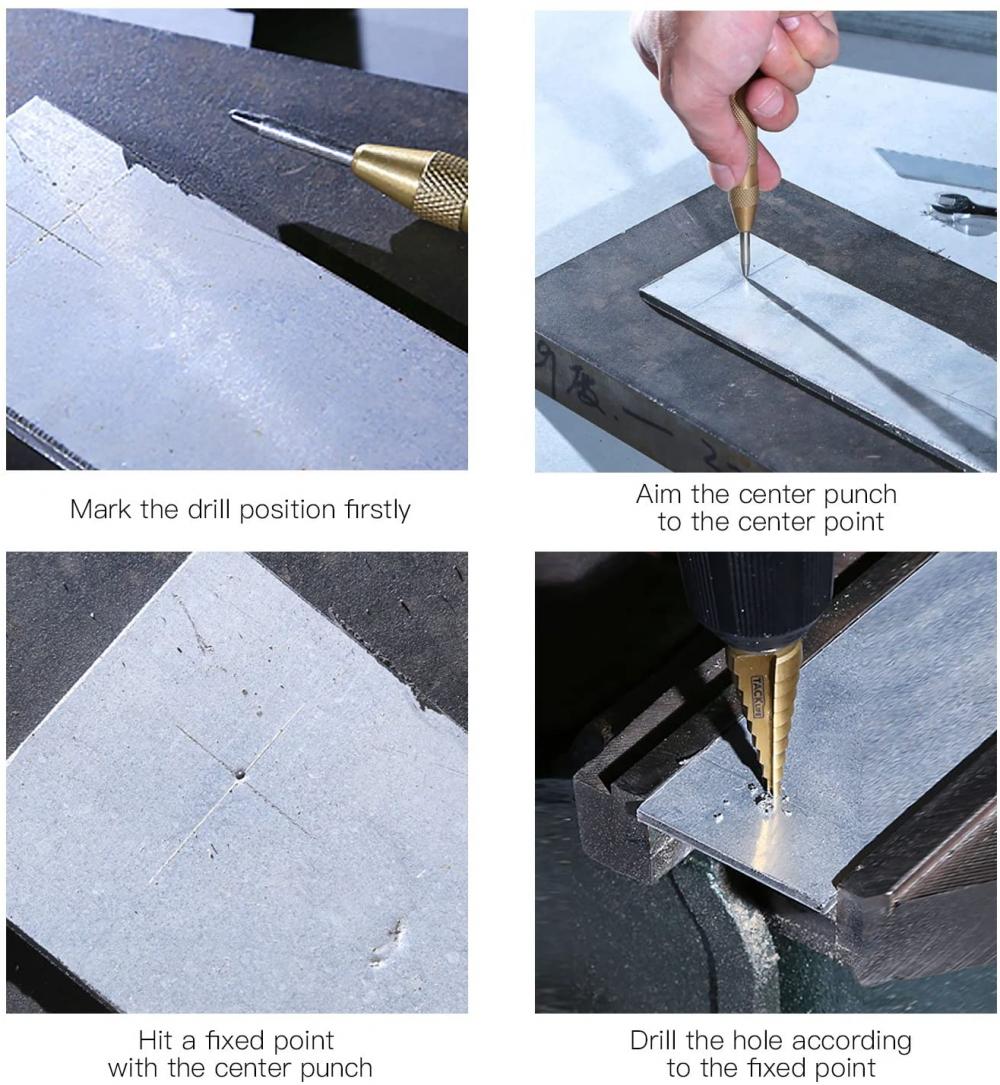 |
If we use a single word to characterize the industry of solar thermal power generation, it is the word “bigâ€: in desert areas, a total of several square miles of reflectors surround a 600-foot concentrator that can produce these devices. Electricity is measured in megawatts, and the cost of construction is often in the billions of dollars. However, the ability of large solar companies to compete with fossil fuels may ultimately depend on those salt particles.
Scientists at Halotechnics, a start-up in the solar thermal power industry, are screening thousands of molten salt mixtures at a small laboratory located in the San Francisco Bay Area Biotechnology Center in Emeryville. They are looking for ways to make solar energy stored in a cost-effective and efficient way - so that the right molten salt mixture can be used to generate electricity after the sun goes down. In other words, make it a solar power station that can supply power 24 hours a day, 7 days a week.
Molten salt storage technology appeared as early as the 1990s, when Rocketdyne’s rocket engine division under United Technologies developed molten salt storage technology for “Solar Twoâ€. SolarTwo is the United States. A set of prototype solar thermal power plant prototypes built by the Department of Energy in the Mojave Desert. A row of solar reflectors focuses the solar energy on the boiler at the top of the tower, and the boiler contains a mixture of salts that will liquefy at high temperatures. The heat released by the molten salt is used to generate steam, which drives the turbine and generates electricity. Some of the heat energy can be stored in a tank of molten salt to be released when needed to generate electricity.
However, due to the plummeting oil prices in the Clinton era, the United States abandoned its massive solar thermal power generation test, and molten salt technology was also thrown into the cold. Mark Mehos, senior solar energy project manager at the National Renewable Energy Laboratory in Golden, Colorado, said: "There has been little innovation in this technology."
Molten salt technology is now back within the limits of people's consideration. California and other states have approved large-scale solar thermal power generation projects in order to accomplish the arduous task of achieving a certain proportion of renewable energy in the total energy mix. Utilities companies hope that these plants will be able to store solar energy so that they can be used to balance power grids increasingly relying on intermittent power sources such as wind power. GTM Research, a market research organization owned by Greentech Media, estimates that the solar storage market will reach $3.7 billion by 2015.
Justin Raade, the 34-year-old founder and CEO of Halo Technologies, saw an opportunity. In 2009, Layd, who just received a Ph.D. in mechanical engineering, worked at a materials science company in Silicon Valley called Symyx. He said: "I had been looking for a major problem to be solved in the field of renewable energy, and as I learned more about concentrating solar power, I became more aware that solar storage was a bottleneck. It was this problem that made Concentrated solar power can't be cheaper than fossil fuels."
His idea is to find a better molten salt mixture that can store heat energy at a higher temperature, thereby increasing the amount of power generated, while maintaining a liquid state at a lower temperature, thus reducing its use. Avoid curing its energy consumption.
Laid received a US$1.5 million grant from the U.S. Department of Energy and began screening 5,000 different molten salt mixtures at Semim Technology in 2009. With the help of an investment provided by Semim Technologies and the use of its intellectual property, Layd founded Halo Technology. The startup used another government research grant totaling US$4.5 million to develop its first molten salt product and began developing a new type of glass liquid storage system. “We have developed a new oxide-based chemical composition that is much lower in viscosity and melting point than other glass materials. In fact, you can use a pump as a liquid to do it. Suck, store it like a molten salt in a big jar, but it can stay stable in a much warmer environment."
The temperature can be as high as 1,200 degrees Celsius, which is high enough to heat the air enough to drive an efficient turbine like that used in fossil fuel power plants. In the lab, Lloyd picked up paper cups containing green and black glass. Halo Technology hopes the two promising blends will eventually be used as a prototype for a solar energy storage system. Plan this system to be put into use in 2015.
Elsewhere in the lab, Halo Tech continues to screen nearly 100 molten salt mixtures daily - so far it has screened nearly 14,000 molten salt mixtures. The current molten salt mixture is usually 60% sodium nitrate plus 40% potassium nitrate. Halo Technology's goal is to use the company's temporary and only willing to disclose as "resources and low cost of salt" to replace about 80% of the increasingly expensive potassium nitrate.
The startup's proprietary software determines the candidate mixture that may be used based on melting point, endothermicity, and cost. Its laboratory equipment can measure, dispense and provide 96 different mixtures at the same time. A quarter-gram mass of the mixture is first baked in a furnace and then placed in an apparatus to slowly heat up and penetrate the material through a laser to determine its melting point. Layd said: "Exactly, these machines have been left unused in the corner of Semimat's lab."
Halo Tech's thrift - Engineers designing storage tanks and pumping systems sit shoulder-to-shoulder and crowded in the office lobby - meaning the company expects to raise only $2 million in first-round funding to develop A set of molten salt storage pilot system will be raised and another 5 million to 7 million US dollars will be available to enter the commercial sales stage.
The company has already held preliminary discussions with solar thermal power station developers such as eSolar, Sener and Bright Source Energy, all of which are expecting that energy storage technology will give them the advantage of competing with photovoltaic power plants. Although the price of photovoltaic modules has plummeted by 75% in the past three years, the only option for storing the electricity generated by solar panels is the prohibitively expensive battery.
Halo Technology claims that the company's first product, Saltstream565, will be at least 20% cheaper than existing storage systems because it uses the cheaper salt mixture to achieve the same operating temperature as the system used by Solar Reserve - At -565 degrees Celsius, SolarReserve is a developer of solar power plants that obtained technology licenses from United Technologies Corporation of the United States. However, Halo Technology also applied for a patent on a molten salt mixture that can operate at 700 degrees Celsius. Higher operating temperatures mean that solar power plants can use the latest and most efficient turbines.
Craig Tyner studied molten salt storage technology at Sandia National Laboratories in the United States. He now plans long-term technology development strategies for eSolar, a Pasadena, California company. Solar power station developer in Pasadena. He said: "If there is a mixture of salts that will increase our current operating temperature by 50 degrees Celsius, then this will be very beneficial to us, because it can store more energy in the same amount of salt mixture, while The cost of the storage system can be reduced by 10% or 15%."
Spanish solar power plant developer Sener has developed its own molten salt storage system, but according to Mercedes Sierra, the US subsidiary of Sener in San Francisco, the company sees Halo Technology as one of its own. Potential partners. “We have been exploring the possibility of testing their products at our power station,†she said. “We need a high quality salt mixture and we are willing to pay for it.â€
Laid said: "At 565 degrees, thermal energy storage is currently a proven technology, but thermal storage technology at higher temperatures is a completely open market for various technologies."
However, due to the plummeting oil prices in the Clinton era, the United States abandoned its massive solar thermal power generation test, and molten salt technology was also thrown into the cold. Mark Mehos, senior solar energy project manager at the National Renewable Energy Laboratory in Golden, Colorado, said: "There has been little innovation in this technology."
Molten salt technology is now back within the limits of people's consideration. California and other states have approved large-scale solar thermal power generation projects in order to fulfill the arduous task of making renewable energy a certain proportion of the total energy mix. Utilities companies hope that these plants will be able to store solar energy so that they can be used to balance the grid that is increasingly relying on intermittent power sources such as wind power. GTM Research, a market research organization owned by Greentech Media, estimates that the solar storage market will reach $3.7 billion by 2015.
Justin Raade, the 34-year-old founder and CEO of Halo Technologies, saw an opportunity. In 2009, Layd, who just received a Ph.D. in mechanical engineering, worked at a materials science company in Silicon Valley called Symyx. He said: "I had been looking for a major problem to be solved in the field of renewable energy, and as I learned more about concentrating solar power, I became more aware that solar storage was a bottleneck. It was this problem that made Concentrated solar power can't be cheaper than fossil fuels."
His idea is to find a better molten salt mixture that can store heat energy at a higher temperature, thereby increasing the amount of power generated, while maintaining a liquid state at a lower temperature, thus reducing its use. Avoid curing its energy consumption.
Laid received a US$1.5 million grant from the U.S. Department of Energy and began screening 5,000 different molten salt mixtures at Semim Technology in 2009. With the help of an investment provided by Semim Technologies and the use of its intellectual property, Layd founded Halo Technology. The startup used another government research grant totaling US$4.5 million to develop its first molten salt product and began developing a new glass liquid storage system. “We have developed a new oxide-based chemical composition that is much lower in viscosity and melting point than other glass materials. In fact, you can use a pump like a liquid to do it. Suck, store it like a molten salt in a big jar, but it can stay stable in a much warmer environment."
The temperature can be as high as 1,200 degrees Celsius, which is so high that the air can be heated enough to drive efficient turbines like those used in fossil fuel power plants. In the lab, Lloyd picked up paper cups containing green and black glass. Halo Technology hopes the two promising blends will eventually be used as a prototype for a solar energy storage system. Plan this system to be put into use in 2015.
Elsewhere in the lab, Halo Tech continues to screen nearly 100 molten salt mixtures daily - so far it has screened nearly 14,000 molten salt mixtures. The current molten salt mixture is usually 60% sodium nitrate plus 40% potassium nitrate. Halo Technology's goal is to use the company's temporary and only willing to disclose as "resources and low cost of salt" to replace about 80% of the increasingly expensive potassium nitrate.
The startup's proprietary software determines the candidate mixture that may be used based on melting point, endothermicity, and cost. Its laboratory equipment can measure, dispense and provide 96 different mixtures at the same time. A quarter-gram mass of the mixture is first baked in a furnace and then placed in an apparatus to slowly heat up and penetrate the material through a laser to determine its melting point. Layd said: "Exactly, these machines have been left unused in the corner of Semimat's lab."
The halo of Halo Tech Corp. - Engineers designing storage tanks and pumping systems are sitting shoulder-to-shoulder and crowded in the office lobby - meaning that the company expects to raise only $2 million in first-round funding to develop A set of molten salt storage pilot system will be raised and another 5 million to 7 million US dollars will be available to enter the commercial sales stage.
The company has already held preliminary discussions with solar thermal power station developers such as eSolar, Sener and Bright Source Energy, all of which are expecting that energy storage technology will give them the advantage of competing with photovoltaic power plants. Although the price of photovoltaic modules has plummeted by 75% in the past three years, the only option for storing the electricity generated by solar panels is the prohibitively expensive battery.
Halo Technology claims that the company's first product, Saltstream565, will be at least 20% cheaper than existing storage systems because it uses the cheaper salt mixture to achieve the same operating temperature as the system used by Solar Reserve - At -565 degrees Celsius, SolarReserve is a developer of solar power plants that obtains technology licenses from United Technologies Corporation of the United States. However, Halo Technology also applied for a patent on a molten salt mixture that can operate at 700 degrees Celsius. Higher operating temperatures mean that solar power plants can use the latest and most efficient turbines.
Craig Tyner studied molten salt storage technology at Sandia National Laboratories in the United States. He now plans long-term technology development strategies for eSolar, a Pasadena, California company. Solar power station developer in Pasadena. He said: “If there is a mixture of salts that will increase our current operating temperature by 50 degrees Celsius, then this will be very beneficial to us, because it can store more energy in the same amount of salt mixture, and at the same time The cost of the storage system can be reduced by 10% or 15%."
Spanish solar power plant developer Sener has developed its own molten salt storage system, but according to Mercedes Sierra, the US subsidiary of Sener in San Francisco, the company sees Halo Technology as one of its own. Potential partners. “We have been exploring the possibility of testing their products at our power station,†she said. “We need a high quality salt mixture and we are willing to pay for it.â€
Laid said: "At 565 degrees, thermal energy storage is currently a proven technology, but thermal storage technology at higher temperatures is a market that is completely open to various technologies.
step Drill Bit is a drill bit that has the tip ground down to a different diameter. The transition between this ground diameter and the original diameter is either straight, to form a counterbore, or angled, to form a countersink.
The advantage to this style is that both diameters have the same flute characteristics, which keeps the bit from clogging when drilling in softer materials, such as aluminum;. Most of these bits are custom-made for each application, which makes them more expensive.



Step Dril Bit,Metal Drill Bit,Drill Bit For Metal,Hole Cutter Step Drill Bits
Behappy Crafts (suzhou)Co.,Ltd , https://www.jshaoyue.com